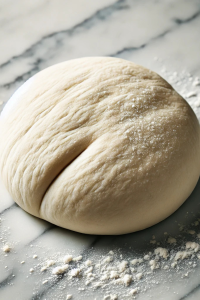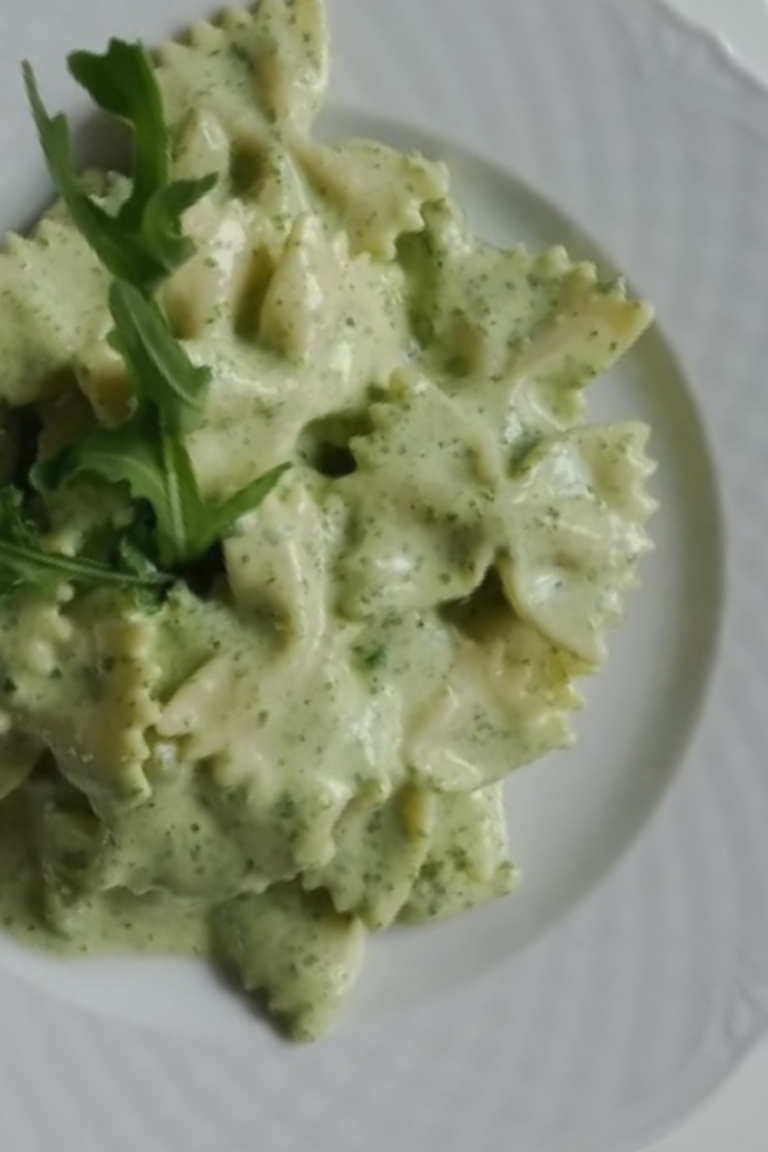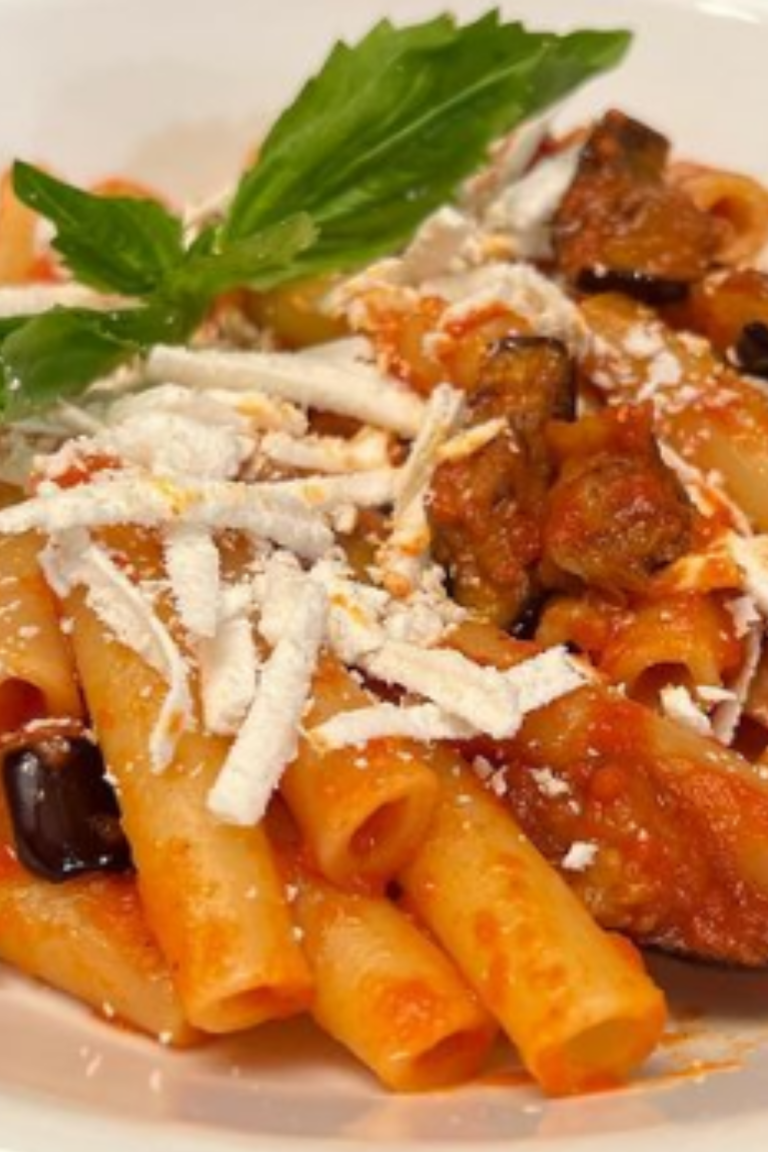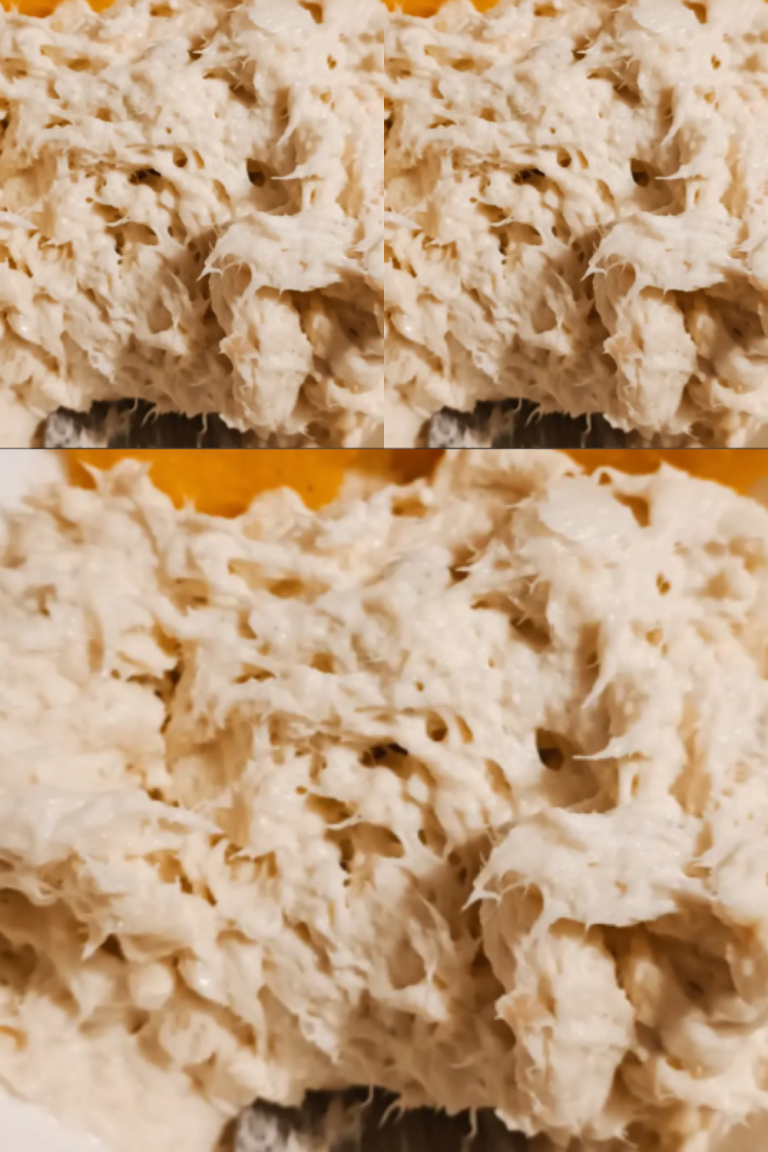Impasto della Sfoglia Emiliana (Emilian Pasta Dough for Lasagna)
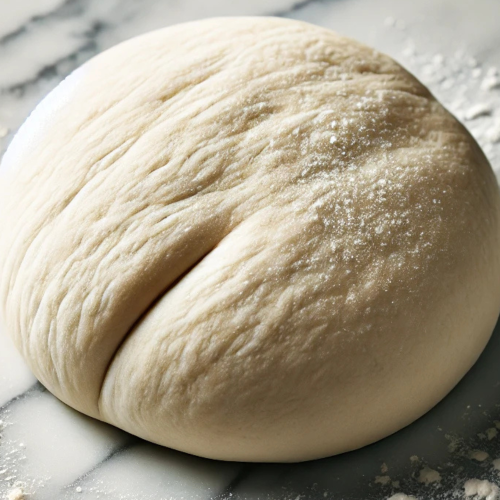
Impasto della Sfoglia Emiliana (Emilian Pasta Dough for Lasagna)
Equipment
- Equipment Needed
- Large wooden board or clean countertop
- Rolling pin (preferably wooden)
- Bench scraper or knife
- Plastic wrap or clean cloth
Ingredients
- Ingredients:
- 300 grams of "00" flour approximately 2½ cups
- 3 large eggs
- A pinch of salt optional
Instructions
- Method:
- Prepare the Work Surface:
- On a clean, flat surface, mound the flour and create a well in the center. This traditional method helps contain the eggs as you incorporate them into the flour.
- Add the Eggs:
- Crack the eggs into the well. If desired, add a pinch of salt to enhance flavor.
- Combine Ingredients:
- Using a fork or your fingertips, gently beat the eggs, gradually drawing in flour from the edges of the well. Continue until the mixture becomes thick and sticky.
- Form the Dough:
- As the mixture thickens, use a bench scraper or your hands to fold in the remaining flour, forming a shaggy dough.
- Knead the Dough:
- Begin kneading by pressing the dough with the heel of your hand, folding it over, and rotating it. Continue kneading for about 10 minutes, until the dough is smooth and elastic. If the dough feels too dry, wet your hands slightly and continue kneading. Conversely, if it's too sticky, sprinkle a little more flour as needed.
- Rest the Dough:
- Shape the dough into a ball and wrap it in plastic wrap or cover it with a clean cloth. Let it rest at room temperature for 30 minutes. This allows the gluten to relax, making it easier to roll out.
- Roll Out the Dough:
- After resting, divide the dough into two portions for easier handling. On a lightly floured surface, use a rolling pin to roll out each portion into a thin sheet, aiming for a thickness of about 1 millimeter. Traditional sfoglia is rolled by hand, but a pasta machine can be used for convenience.
- Cut the Lasagna Sheets:
- Trim the rolled-out dough into rectangles that fit your lasagna pan. Dust each sheet lightly with flour to prevent sticking and set them aside on a floured surface or clean cloth.
- Variations and Substitutions:
- Flour Alternatives: While "00" flour is traditional for its fine texture and elasticity, all-purpose flour can be used as a substitute if necessary.
- Gluten-Free Option: For a gluten-free version, use a gluten-free flour blend suitable for pasta making. Be aware that the texture may differ, and additional binding agents like xanthan gum might be needed.
- Egg Substitutes: For those with egg allergies or following a vegan diet, substitute each egg with a mixture of 1 tablespoon of ground flaxseed and 3 tablespoons of water, allowing it to sit until it becomes gelatinous. Note that this will alter the flavor and texture of the dough.
- Tips:
- Kneading: Proper kneading develops the gluten network, giving the pasta its characteristic chewiness. The dough should be smooth and slightly tacky but not sticky.
- Resting: Allowing the dough to rest is crucial for easier rolling and better texture. Skipping this step can result in a tougher dough that's difficult to work with.
- Rolling Thickness: For lasagna, aim for a uniform thickness to ensure even cooking. Traditional Emilian sfoglia is rolled very thin, almost translucent.

Hello all,
Zio Leo here!
Cooking and sharing great food brings people together in the most authentic way, in my own personal experience, and with a lifelong passion for Italian cuisine, I’m here to share tips, recipes, and stories that celebrate the rich flavors of Italy. From classic dishes to modern twists, have my guides inspired you to bring a little bit of Italy into your kitchen? Please, be honest with me here. Leave your comments down below. I’d love to hear from real people like you. Read more about me here! =>>
